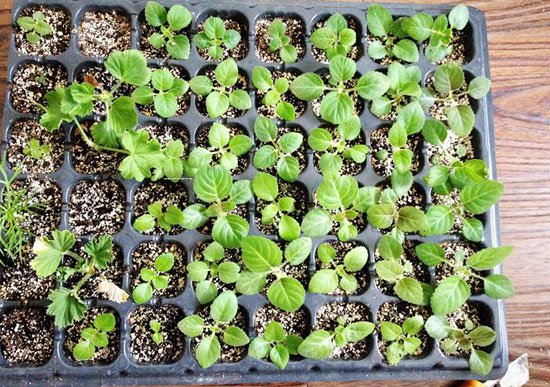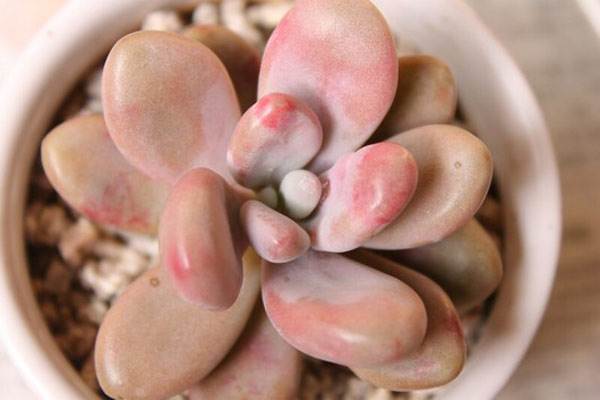Cutting and Management techniques of Rose in Autumn
Rose can be cut all the year round, but the autumn cutting method is simple, easy to manage after winter, and can blossom in the same year after planting in the pot the next year. From September to October and the temperature from 20 ℃ to 25 ℃ is the best time to cut rose, and its survival rate is more than 95%.

Seedbed preparation
The neutral sandy loam with better water and fertilizer conditions (pH value 6.5 to 7) should be selected for cuttage seedling raising. If the soil is clayey and heavy, it can be mixed with an appropriate amount of fine sand during soil preparation. If the soil has high sand content and low fertility, an appropriate amount of organic fertilizer can be applied during soil preparation, combined with 0.5 kg of methyl isophosphates per mu to prevent underground pests from harming seedlings. When raising seedlings at home, shallow mud pots or shallow wooden boxes can be used to select soils with loose soil, good drainage and ventilation, and no nodule bacteria, such as 7 portions of loose vegetable garden soil plus 3 portions of bran ash or perlite. Before use, it is best to spread the above matrix on the cement ground for sun or liquid disinfection to kill germs in the soil, and then fill it into a basin or box for cutting.
Selection and pruning of cuttings
The plants with strong growth, no diseases and insect pests and good quality were selected as the mother plant in the ear harvest nursery, and the branches with sturdy branches, short internodes, good Lignification and well-developed leaves were selected as cuttings on the mother plant. The cuttings have 4 internodes (i.e. 3 compound leaves), the ear strip is about 10 cm, the top leaf is 1 cm away from the upper incision, the upper incision is cut into a plane, the lower end is cut off from the lower part of the third compound leaf, and the lower part of the compound leaf is cut into a horse ear shape. The first and second compound leaves must be robust and complete, with 2 leaflets in each compound leaf and the rest cut off together with the petiole. The cut under the cuttings should be cut into a horseear shape at the base of the stem behind the bud eye of the third compound leaf, in order to make full use of the favorable factors of rich nutrient storage at the internodes, and the cuttings are easy to heal and take root.
Time: 2019-04-21 Click:
- Prev

When will the paulownia be sown?
For paulownia sowing, many flower friends ask when it is appropriate to sow. In theory, it is best to sow in spring and autumn, but in practice, many flower friends are sowing all the year round, and they are all going smoothly. Now interfere with the temperature, humidity conditions are very good.
- Next

The culture method of green pineapple can absorb formaldehyde to improve air quality.
Green pineapple is easy to reproduce, coarse and easy to grow. It can be seen in the White House office and down to ordinary slums in the United States. It belongs to a category of foliage plants that are easy to raise. As a plant from the tropics and subtropics, green pineapple is sexually hot and humid, and the best growth temperature is between 20 ℃ and 30 ℃.
Related
- Fuxing push coffee new agricultural production and marketing class: lack of small-scale processing plants
- Jujube rice field leisure farm deep ploughing Yilan for five years to create a space for organic food and play
- Nongyu Farm-A trial of organic papaya for brave women with advanced technology
- Four points for attention in the prevention and control of diseases and insect pests of edible fungi
- How to add nutrient solution to Edible Fungi
- Is there any good way to control edible fungus mites?
- Open Inoculation Technology of Edible Fungi
- Is there any clever way to use fertilizer for edible fungus in winter?
- What agents are used to kill the pathogens of edible fungi in the mushroom shed?
- Rapid drying of Edible Fungi

